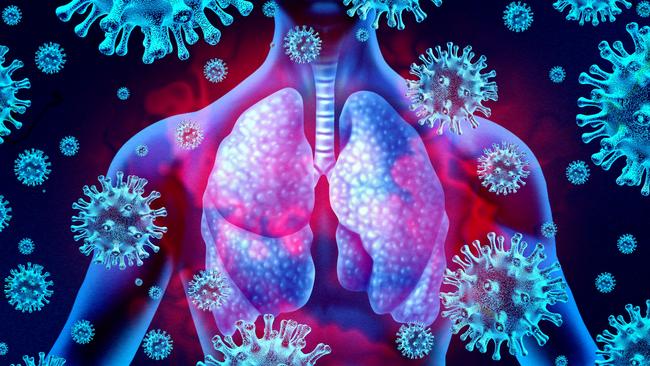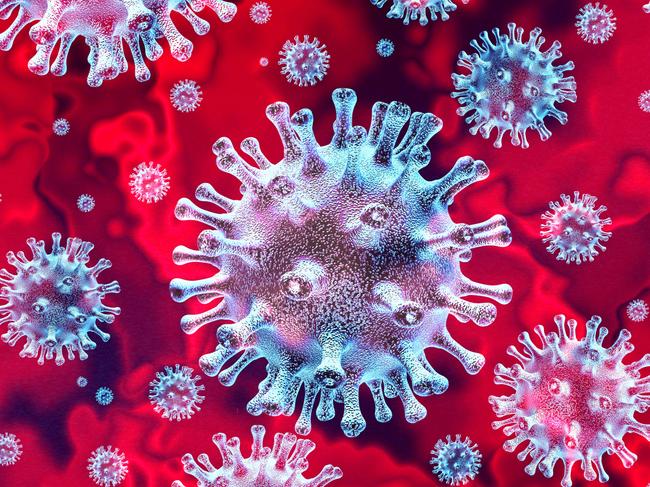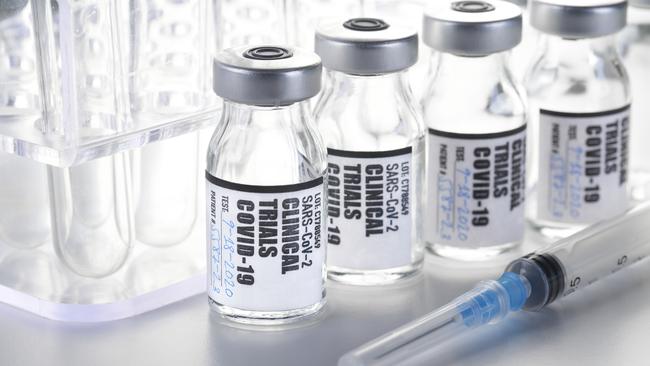The race to find a COVID-19 vaccine
The race is on to find a way out of the crisis, with teams from Oxford and Imperial universities leading the way

The sum of £42.5m ($83.8m) is a lot to pay for a small sliver of protein. “Small”, in fact, does not do justice to the active ingredient in the Imperial and Oxford vaccines, both of which have been backed with funding by Britain’s Health Secretary.

The human cell that coronavirus infects is a fraction of a millimetre across. The virus that does the infecting is far smaller still: a millionth the cell’s volume. On the outside of that virus there are packets of protein, smaller yet, that form a crown of spikes, the “corona”. It is one of those spikes that each of the two vaccines is trying to make.
The principle of vaccination is to provide the body with something that looks like the active virus but is not, and train the immune system to recognise it. Imagine a traditional vaccine, based on a deactivated virus.
You can consider it to be a little like a car without an engine. When it enters the body, the immune system tries to spot it by recognising features on its surface such as the wing mirrors. Then, when the real thing roars in, its V8 engine revving, the immune system catches it.
What the Oxford and Imperial vaccines do is present the immune system with part of the virus, using one surface feature. Just as a car enthusiast could spot a Rolls-Royce from its bumper or window, so can the immune system from this single feature. The advantage of this is you can choose the feature — the protein spike — you want. Coronavirus does not mutate as much as influenza, but it can still change.
The hope is to choose a feature that will not change too much, so that even if the virus mutates the vaccine will still work.

THE OXFORD VACCINE
Type: Recombinant vector vaccine.
Stage: Entering human trials.
How it works: Within a harmless chimpanzee virus, the team have embedded a string of genetic code taken from the coronavirus. This code contains the instructions for making one of the spikes from the “crown”. When the chimp virus, which cannot reproduce, enters the body, it hijacks a cell and turns it into a spike-making factory, presenting the immune system with the target it can later attack.
THE IMPERIAL VACCINE
Type: RNA vaccine.
Stage: Hoping to enter human trials in June.
How it works: The coronavirus replicates itself using RNA, a close molecular relative of DNA. RNA has many uses but in our cells it translates instructions from our genetic code into the proteins that power our body. The virus hijacks this process to its own ends; so too does the Imperial team. Researchers have taken a string of RNA that encodes a spike on the coronavirus, and encased it in a droplet of fat. They plan to inject this directly, instructing muscle cells to display that spike as a harmless warning to the immune system.
How long will it take?
When Robin Shattock, who leads the Imperial team, was asked about the length of trials, he highlighted one counterintuitive problem: lockdown.
The better we are at controlling the virus in the short term, the harder it is to develop a vaccine in the long term. This is because of the way trials work.
Efficacy trials involve thousands of people and end not after a set period but after a set number of infections. After giving half of the people the placebo and half the vaccine, you have to wait until a predetermined number report infection. Then you stop the trial and confirm (hopefully) that all those infections are in the placebo group.
If the virus is running rampant, that point will be reached quickly. If we are in lockdown and the outbreak has paused, it will take a lot longer.
This is why some scientists have suggested a “challenge trial”, in which volunteers are deliberately infected. Their proposal is that only young people, likely to have a mild response, are given the vaccine and the virus. There are, obviously, already significant ethical problems with this. Amid growing concerns that even those who survive may still suffer permanent damage, those problems are more significant still.
The Times







To join the conversation, please log in. Don't have an account? Register
Join the conversation, you are commenting as Logout